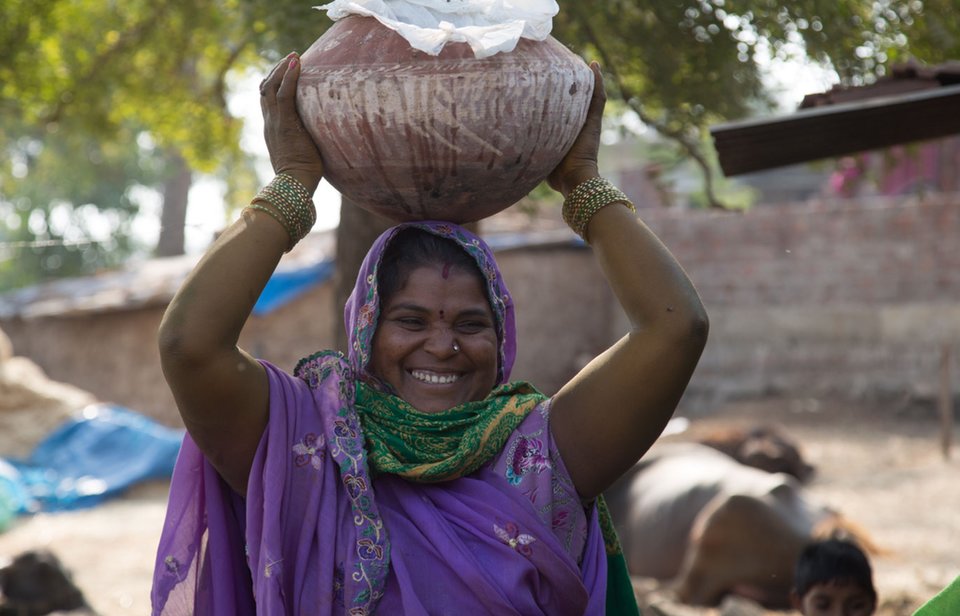lessons learned: Good Results demand a collective journey
Collaboration has always been a core value that drives the way we work. At the start of every partnership, we co-create a shared vision with all of the organisations involved or affected. This ensures that we all have a common north star to guide us through the complexities of an initiative. But this is just the first step. We have learned that if we don’t do enough to co-create the roadmap with all stakeholders, progress can stall.
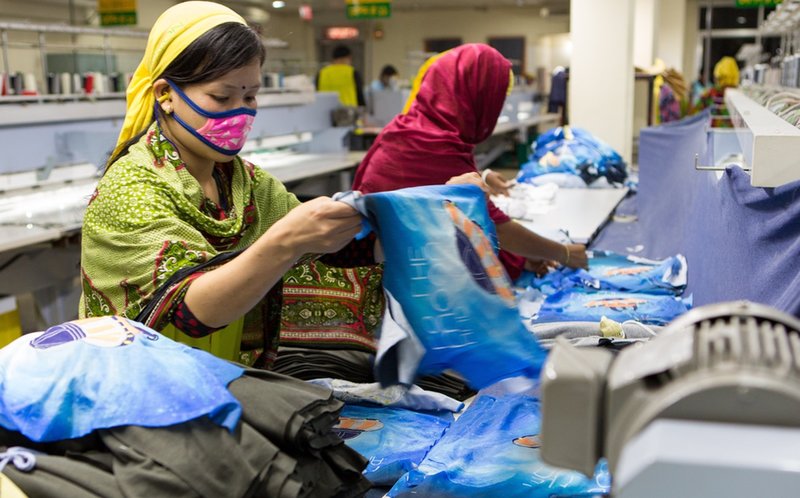
However, this process can be challenging. There tends to be an inherent power hierarchy that places donor above grantee, and sometimes grantee over the people and communities they work with, so we must create a safe and encouraging environment to collaborate on an equal footing.
A collaborative approach to systemic change is complicated. That’s why it is crucial to build trust and have continuous open dialogue, responding and adapting to challenges that arise along the way. Ongoing evaluation that allows for learning and adapting helps ensure that everyone stays on the same path to create change.
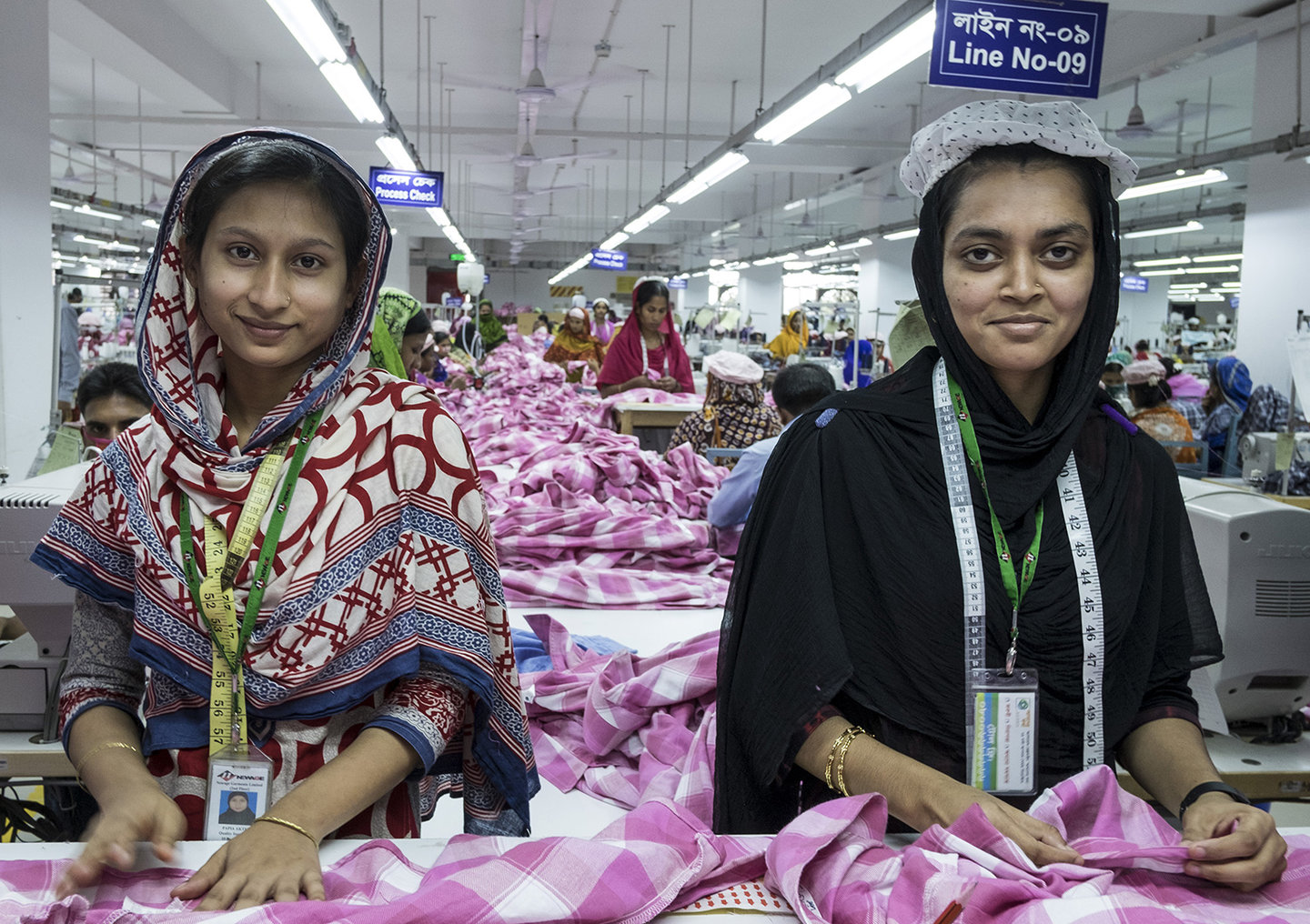
next steps
We need to work hard to make sure that we always have a shared journey with our partners and the workers and communities we are here for. Creating solutions together is the only way to achieve the impact we need to transform our industry.
Sharing knowledge between our partners is an important part of this. Since our Grantee Perception Report, we have openly addressed the issue of power imbalance between donor and partner, committed to finding ways to better listen to our partners, and created our upcoming 2020-2025 strategy with our partners’ input. To keep us on the right track, in 2019, we will carry out our second Grantee Perception Report, and share the results and lessons learned. We look forward to our next All Partner Design Forum to spark new ideas for working together on our collective journey to make fashion a force for good.
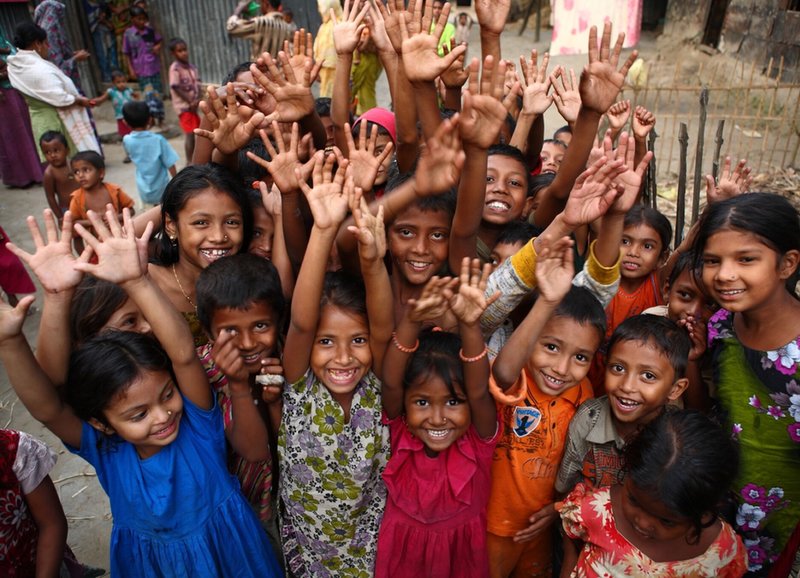
Open Apparel Registry
Creating a shared journey starts on day one
Complex and opaque supply chains often veil violations of workers' human rights. Publicly available data creates accountability that can improve working conditions and shift this status quo. But currently, even the quality of basic data – like factory names – is poor. This leads to confusion: from auditors turning up at the wrong facility, to organisations wasting hundreds of hours manually matching the information in their databases.
The Open Apparel Registry (OAR) is an open source tool to map every apparel facility worldwide. It aims to create a common registry of names and addresses, each assigned a unique OAR ID number. This can eliminate confusion and facilitate collaboration between brands and retailers, factories and civil society. It’s about getting information to the right people, including workers, at the right time, to improve practices.
While more stakeholders now accept the power of transparency to transform fashion, there was scepticism about whether the OAR was the right approach and whether it was even possible to create the technology. To address this concern, and guarantee that people use the tool, it was crucial to build trust in the tool and the organisation itself.
OAR set up over 250 meetings with more than 175 organisations including brands, multi-stakeholder initiatives and non-governmental organisations, involving hundreds of people and organisations. The complex governance of the initiative was challenging, but ultimately it was built to reflect the variety of organisations involved, including grassroots organisations, brands and experts, so that the experience of a wide range of stakeholders could be included.
Just weeks after the launch, the tool had nearly 13,000 crowd-sourced entries, showing that the OAR has been accepted as an industry-wide tool and proving the value of building that shared journey.
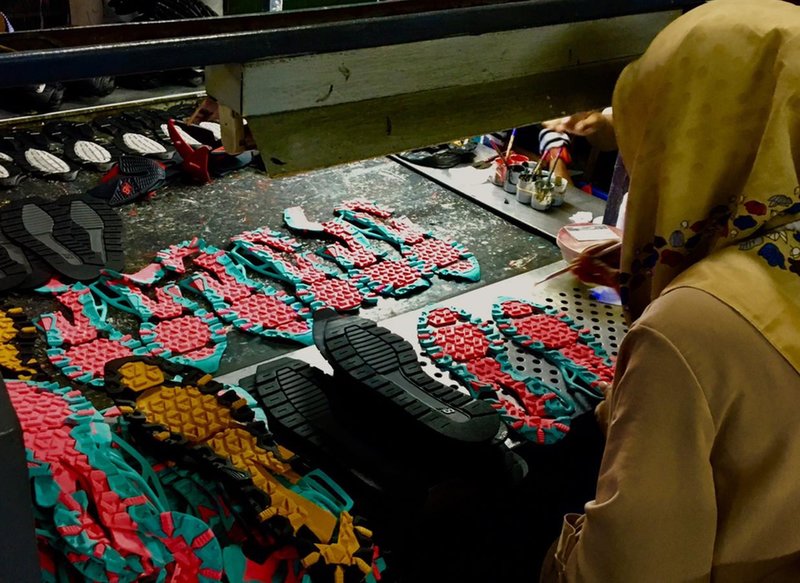
Wage Indicator, Indonesia
Learning from the people we do this for is crucial
To bring greater transparency to the Indonesian apparel industry, we partnered with Wage Indicator to develop the transparency pages of the Gajimu Garment website – a website and app-based platform that encourages workers to give and receive information about working conditions and wages. The aim was to raise awareness of non-compliance issues by publicly disclosing this information and strengthen worker negotiations with factory management.
But during the process, we realised that the very people Wage Indicator had been trying to benefit should have been more effectively engaged. A lot of workers didn’t know their rights in the first place or understand how the information they were providing was being used. Wage Indicator acknowledged this oversight and is now working with its trade union partners on the next iteration of this initiative, building in this feedback.
We learned that the design process must include the workers and trade unions. In this case, engaging with people before we asked them to use the app would have helped to create a sense of ownership and build awareness about their own role in creating better working conditions.
